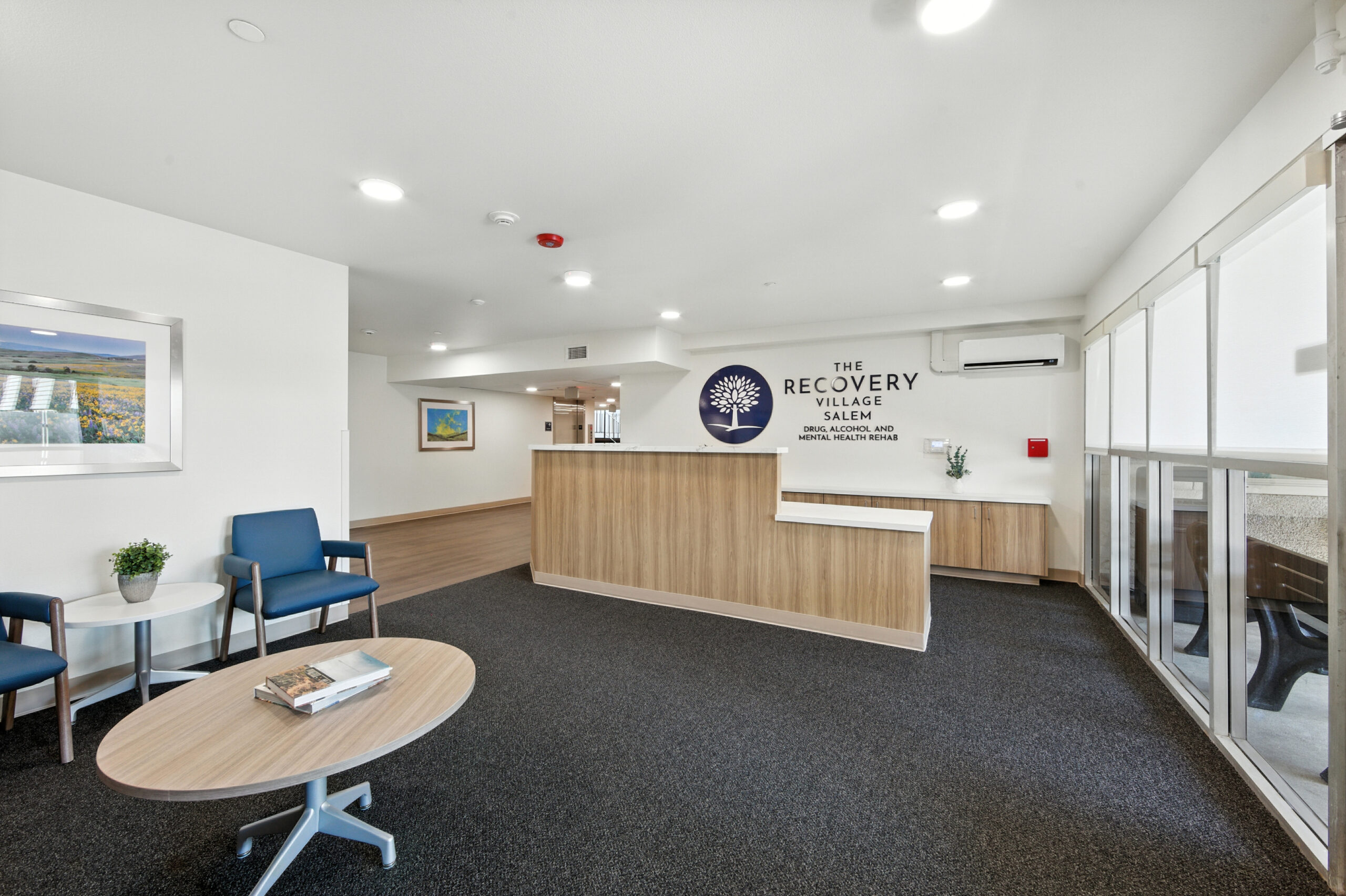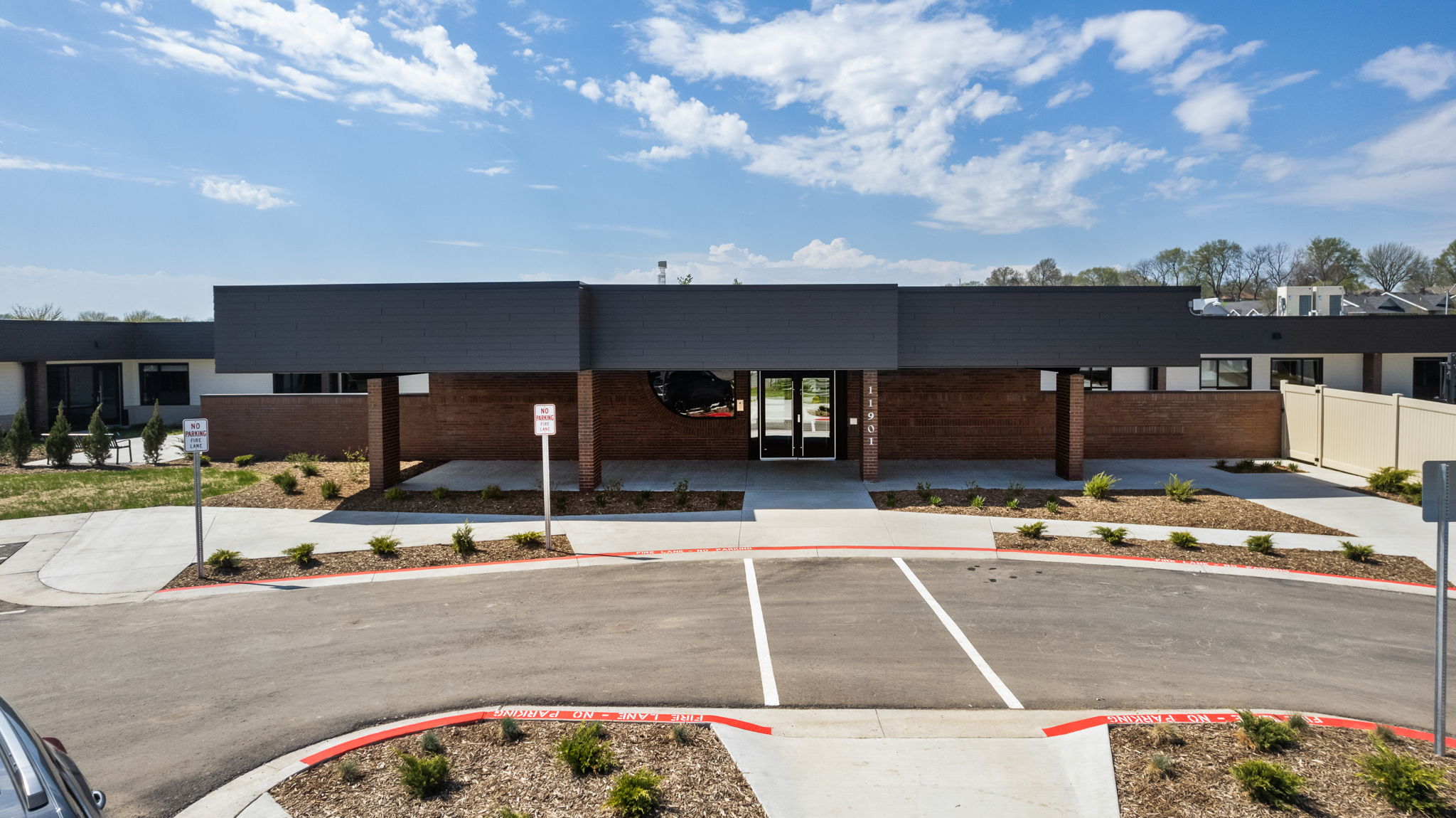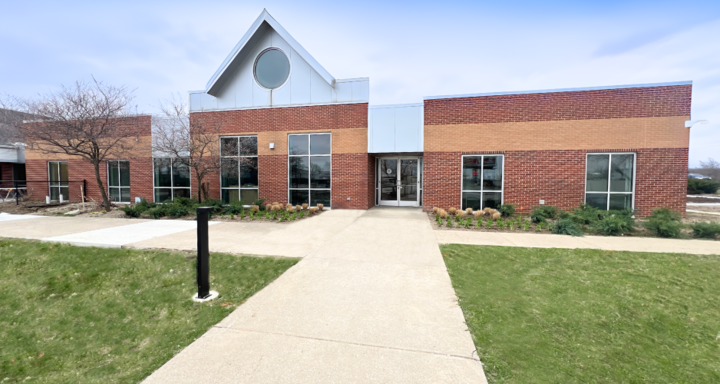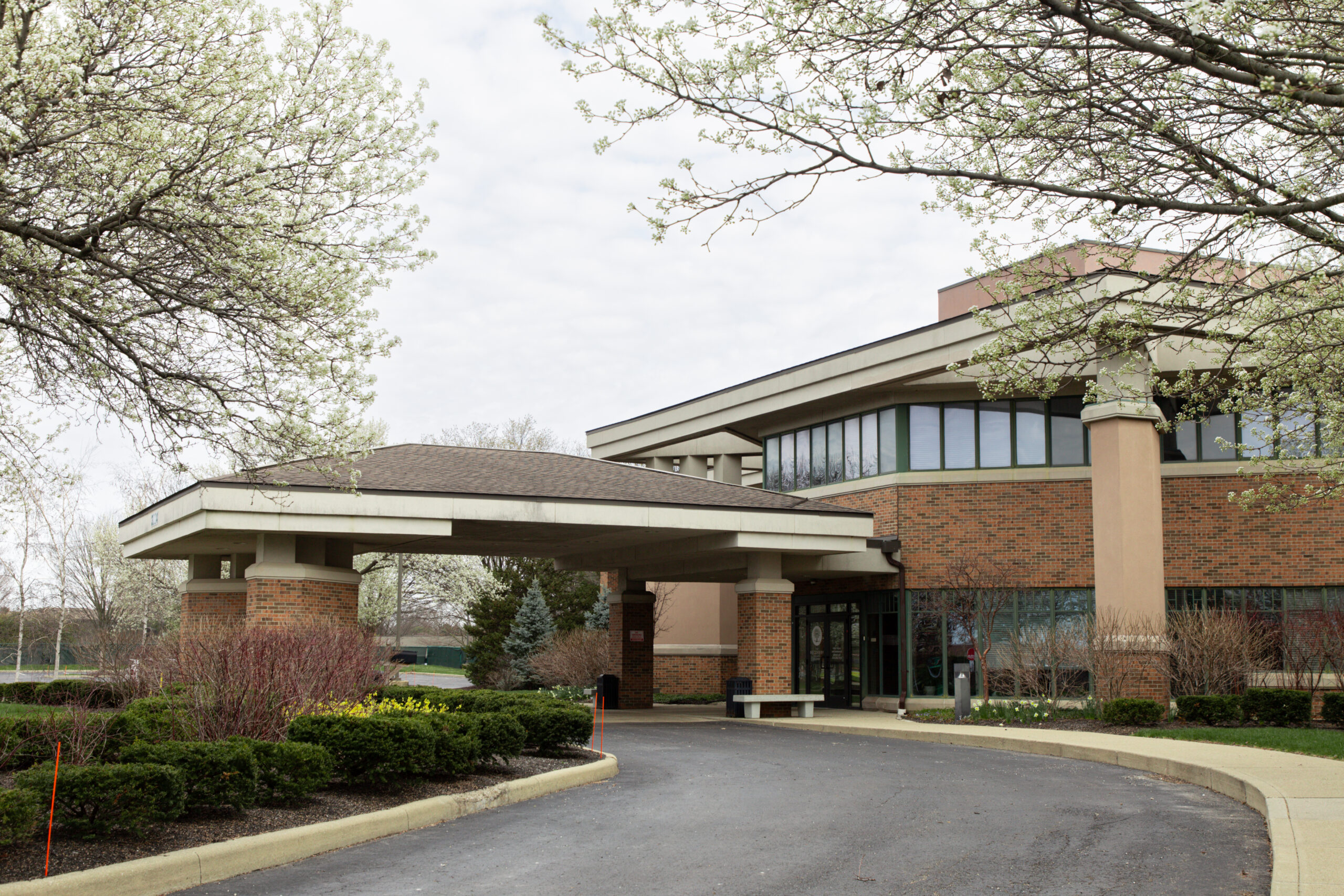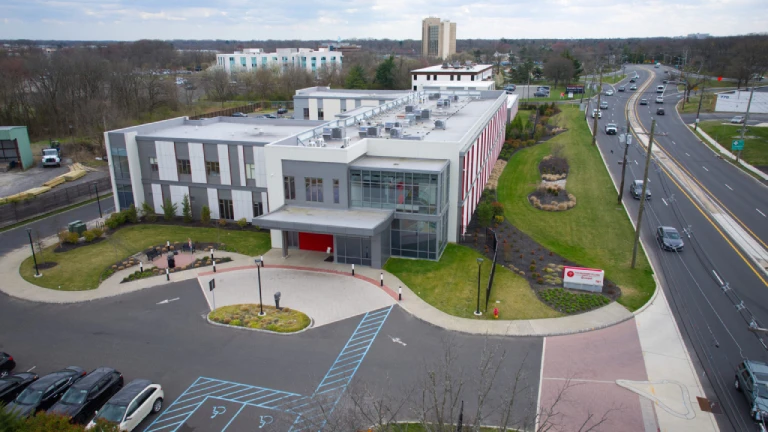Key Takeaways
- Vicodin is a prescription pain reliever with a high potential for misuse and addiction, classified as a Schedule II controlled substance.
- It combines hydrocodone, an opioid, with acetaminophen and is used for moderate to severe pain relief.
- Long-term use can lead to tolerance, dependence, and withdrawal symptoms, with serious side effects like respiratory depression.
- Signs of Vicodin addiction include physical, psychological, and behavioral changes, such as increased dosage, mood swings, and neglect of responsibilities.
- Mixing Vicodin with alcohol or other CNS depressants increases the risk of overdose, and acetaminophen poses a risk of liver damage.
- Comprehensive treatment strategies include medically supervised detox, inpatient or outpatient rehab, therapy, and medication-assisted treatment.
- Recognizing the signs of addiction and seeking professional help is crucial for recovery and avoiding severe health and social consequences.
Vicodin: Composition and Mechanism of Action
Vicodin is a prescription medication that combines two active ingredients:
- Hydrocodone, an opioid analgesic
- Acetaminophen, a non-opioid pain reliever
Hydrocodone functions by binding to specific receptors in the brain and spinal cord. These are part of the central nervous system. This binding action alters the perception of pain and the emotional response to pain, providing relief to the individual.
Acetaminophen, commonly known as Tylenol, works by blocking the production of chemicals in the brain that signal pain. Additionally, it may also reduce fever.
The combination of these two drugs in Vicodin enhances pain relief more than either drug alone. However, due to the presence of hydrocodone, Vicodin has a high potential for misuse and dependency. In turn, these can lead to addiction. The US Drug Enforcement Administration classifies Vicodin as a Schedule II controlled substance, highlighting its potential for misuse. Patients are advised to use Vicodin strictly as prescribed by a healthcare provider to minimize risks.
When taken, Vicodin can cause several side effects, including nausea and drowsiness. It’s crucial for users to avoid combining Vicodin with alcohol or other central nervous system depressants. This combination can lead to dangerous respiratory depression.
Long-term use of Vicodin can result in tolerance, where higher doses are needed to achieve the same level of pain relief. Additionally, it can lead to physiological dependence, where the body adapts to the drug’s presence and withdrawal symptoms occur if usage is abruptly stopped.
Therapeutic applications of Vicodin
Vicodin is usually prescribed to manage moderate to severe pain when non-opioid pain relievers are ineffective.
The opioid component, hydrocodone, works by binding to opioid receptors in the brain. It changes the perception and emotional response to pain. Acetaminophen, on the other hand, is believed to reduce the production of prostaglandins. In turn, this eases pain and reduces fever.
The dual action of these components makes Vicodin a potent option for conditions requiring significant pain relief.
Healthcare providers may prescribe Vicodin for postoperative pain, injury-related pain, or chronic conditions that cause persistent discomfort. It is also sometimes used for the relief of a cough that remains unrelieved by less potent medications.
Due to its effectiveness, Vicodin is classified as a Schedule II-controlled substance. This classification indicates a high potential for misuse and dependence. Therefore, its use is strictly regulated and should be closely monitored by a healthcare professional.
Patients are advised to disclose their medical history to their doctor before using Vicodin, especially if they have a history of:
- Brain disorders
- Breathing problems
- Liver or kidney disease
- Mental or mood disorders
Patients should also disclose if they have a personal or family history of substance use disorders.
It is essential to use Vicodin only as prescribed. Individuals should also be aware of potential interactions with other medications, such as:
- Other opioids
- Muscle relaxants
- Sedatives
- Drugs that affect serotonin levels
Misuse of Vicodin can lead to serious side effects, including breathing difficulties, confusion, seizures, and liver problems.
As with any opioid medication, the risks must be weighed against the benefits. Ultimately, patients should be under the care of a healthcare provider while taking Vicodin.
Physiological Impact of Vicodin on the Brain and Body
Vicodin is used to manage moderate to severe pain.
The hydrocodone component is an opioid that works by binding to opioid receptors in the brain and spinal cord. This action can induce a sense of euphoria, providing relief from pain while simultaneously triggering the brain’s reward system. Unfortunately, this can lead to misuse and addiction. Additionally, opioids can cause neuroplastic changes in the human brain, affecting cognitive function and emotional regulation.
Long-term use of Vicodin can lead to tolerance. Here, higher doses are needed to achieve the same pain-relieving effects. Additionally, long-term use can cause dependence, where the body requires the drug to function normally. Withdrawal symptoms can occur if the medication is abruptly stopped, indicating physical dependence.
Moreover, Vicodin can depress the respiratory system, leading to shallow or slowed breathing. This can be life-threatening.
Opioids can also affect levels of serotonin in the body. This can lead to a condition known as serotonin syndrome, which is characterized by agitation, hallucinations, and rapid heart rate.
It is crucial for individuals prescribed Vicodin to use it as directed by a healthcare provider and be aware of the potential risks. Misuse of Vicodin, such as taking it in higher quantities or without a prescription, significantly increases the risk of serious health consequences, including overdose and death.
Identifying Vicodin Addiction: Key Signs and Symptoms
Vicodin addiction is characterized by compulsive use of the medication despite its harmful consequences. It is important to recognize the signs of addiction and seek timely intervention.
Physical signs of Vicodin addiction may include drowsiness, confusion, nausea, and slowed breathing. These symptoms are especially noticeable when Vicodin is taken in high doses or combined with other substances like alcohol.
Psychological signs can manifest as mood swings, anxiety, or depression, and a preoccupation with obtaining and using the drug.
Behavioral changes also often accompany addiction. Examples may include neglecting responsibilities, social withdrawal, and continued use despite negative effects on relationships and daily life.
The presence of withdrawal symptoms when not using Vicodin can also indicate physical dependence, which often accompanies addiction. Moreover, tolerance to Vicodin’s effects, leading to increased dosage and frequency, is a critical sign of developing addiction.
It’s crucial to understand that addiction can occur even when Vicodin is taken as prescribed. Early detection of these signs can be vital for recovery.
For more information on the physiological effects of Vicodin and the risks associated with its misuse, consult resources from reputable organizations such as the U.S. Drug Enforcement Administration and the Substance Abuse and Mental Health Services Administration.
Physical Signs of Vicodin Addiction
Physical signs of Vicodin addiction can be both apparent and severe. They often require immediate medical attention and treatment.
One of the most critical physical symptoms is oxygen deficiency in body tissues. This can significantly impair organ function. Additionally, liver damage is a serious concern due to the acetaminophen component of Vicodin. This can be toxic in high doses or with prolonged use.
Other physical signs include slowed breathing, which can be life-threatening. This is especially true when Vicodin is combined with other substances like alcohol or benzodiazepines. The risk of overdose is heightened with Vicodin abuse, as it can lead to respiratory depression and a potential cessation of breathing.
Prolonged use also leads to tolerance, necessitating higher doses for the same effect. Eventually, prolonged use can lead to physiological dependence, where the body requires the drug to function normally.
Recognizing these physical signs is crucial for addressing Vicodin addiction. Without treatment, individuals face increased risks of health complications, including the potential for neonatal abstinence syndrome in newborns of addicted mothers and the dire consequences of overdose.
It is key for those showing signs of addiction to seek professional help. Quitting without support can lead to severe withdrawal symptoms and could be dangerous.
Psychological Signs of Vicodin Addiction
Vicodin addiction can manifest through various psychological signs that affect an individual’s mental and emotional state.
One of the primary indicators is the prioritization of Vicodin use over other aspects of life. This can lead individuals to neglect responsibilities and relationships. Individuals may continue using Vicodin despite facing negative consequences, demonstrating a compulsive need for the drug. This behavior often results from changes in the brain’s reward system. Vicodin use is reinforced by the release of dopamine, a neurotransmitter associated with pleasure.
Psychological dependence is marked by cravings and an inability to cope with stress without the drug. Additionally, those struggling with Vicodin addiction may experience isolation. They may withdraw from social interactions and activities they once enjoyed. Mental health may deteriorate, with increased risks of anxiety, depression, and mood swings. The Diagnostic and Statistical Manual of Mental Disorders (DSM-5) outlines criteria for substance use disorders, including opioid use disorder, which can help in diagnosing Vicodin addiction.
It’s crucial to recognize these psychological signs early and encourage individuals to seek professional treatment. Untreated addiction can lead to severe mental health issues and further complications.
Understanding the psychological impact of Vicodin addiction is a vital step in the recovery process, enabling healthcare providers to offer targeted interventions and support.
Behavioral Signs of Vicodin Addiction
Identifying the behavioral signs of Vicodin addiction is crucial for early intervention and treatment. Individuals struggling with Vicodin addiction may exhibit various behavioral changes that can impact their daily lives.
These signs include:
- Consuming Vicodin in larger amounts or over a longer period than intended indicates a loss of control over drug use.
- Making unsuccessful attempts to cut down on or control Vicodin use, which reflects the persistent desire to use despite recognizing the problem.
- Engaging in secretive or deceptive behaviors, such as lying about the amount of Vicodin taken or obtaining prescriptions from multiple doctors.
- Isolating from friends and family or withdrawing from social activities once enjoyed, as the addiction takes priority over relationships.
- Experiencing difficulties in fulfilling obligations at work, school, or home due to a preoccupation with obtaining and using Vicodin.
- Continuing to use Vicodin despite awareness of its negative consequences on health, finances, and relationships.
Behavioral signs often accompany physical symptoms of misuse. It’s important to approach individuals with empathy and encourage them to seek professional help. The Recovery Village provides comprehensive treatment options tailored to the individual’s needs, supporting a path to recovery.
Risks and Consequences of Vicodin Addiction
Vicodin addiction poses severe risks. It can lead to devastating health and social consequences.
The most immediate and life-threatening risk is Vicodin overdose. Overdose is characterized by symptoms such as severe drowsiness, slow breathing, or coma, which can be fatal.
Chronic abuse of Vicodin can also lead to liver damage due to the acetaminophen content and oxygen deficiency in body tissues. These physiological effects are compounded by the risk of respiratory depression, especially when Vicodin is combined with other substances like alcohol or benzodiazepines. Combining Vicodin with other substances increases the chances of a fatal overdose.
Long-term addiction can result in many social and financial consequences. For example, individuals may damage important relationships and experience isolation. They may also undermine their career and financial stability.
Additionally, opioid-dependent newborns may suffer from neonatal abstinence syndrome if their mothers misuse Vicodin during pregnancy.
Vicodin addiction is also linked to behavioral changes. Individuals may engage in risky behaviors due to alterations in the brain’s reward system caused by the drug.
Withdrawal from Vicodin is another significant concern. Symptoms can be intense and lead to further challenges in overcoming addiction. Professional support is strongly advised during the detoxification process to manage withdrawal symptoms effectively and safely.
Despite the challenges, treatment options are available. Fortunately, they can help manage addiction and withdrawal symptoms, offering a path toward recovery.
The Health Risks of Vicodin Addiction
Misuse of Vicodin can lead to severe physiological changes in the brain. It often causes compulsive drug use despite knowledge of the negative consequences.
Long-term Vicodin use can result in tolerance and can even lead to physiological dependence. The combination of Vicodin with other substances — particularly central nervous system depressants like alcohol, benzodiazepines, or other opioids — can significantly increase the risk of respiratory depression and overdose, which can be fatal. This risk is notably higher in older adults who may be taking multiple medications.
Withdrawal from Vicodin can occur even without addiction. It can present with a range of symptoms, including but not limited to nausea, vomiting, and dizziness.
Chronic use of opioids like Vicodin is associated with a host of health issues, including:
- Hormonal imbalances such as opiate-induced androgen deficiency
- Sexual dysfunction
- An increased risk of fractures, particularly in the elderly
Additionally, there is an elevated risk of neonatal abstinence syndrome in newborns of mothers who misuse Vicodin.
It is crucial to recognize that addiction to Vicodin is a complex condition that requires comprehensive treatment. This may include medication-assisted treatment, behavioral therapies, and support for related medical, social, and legal issues. Given the high risk of adverse health effects, professional guidance is essential for those looking to overcome Vicodin addiction.
The Social and Financial Impact of Vicodin Addiction
The impact of Vicodin addiction extends beyond the individual’s health. It also affects social relationships and financial stability.
Chronic misuse of Vicodin can lead to a cascade of social consequences. Relationships with family and friends may suffer, often resulting in social isolation and marital discord. The addiction may also impair parental responsibilities, causing long-lasting effects on family dynamics. Furthermore, individuals struggling with Vicodin addiction may exhibit secretive behaviors, lie, steal, or manipulate others to sustain their addiction, further straining personal connections.
Financially, the cost of maintaining a Vicodin addiction can be substantial. Individuals may face financial difficulties as funds are diverted to obtain the drug, potentially leading to job loss and even legal issues such as incarceration. The addiction can also result in increased healthcare costs due to the need for treatment for both the addiction and its related health complications. In severe cases, the financial burden can lead to bankruptcy, homelessness, or an inability to meet basic living expenses, exacerbating the cycle of addiction and its associated hardships.
Ultimately, the social and financial consequences of Vicodin addiction underscore the importance of seeking comprehensive treatment. Effective treatment not only addresses the physical aspects of addiction but also provides support for the emotional and psychological challenges, helping individuals rebuild their lives and mend damaged relationships.
Comprehensive Treatment Strategies for Vicodin Addiction
Vicodin addiction is a serious condition requiring a multifaceted approach to treatment. The primary goal is to address both the physiological dependence and the psychological aspects of addiction. Treatment typically begins with a medically supervised detoxification process to manage withdrawal symptoms safely. Following detox, individuals often transition to either inpatient or outpatient rehabilitation programs.
Inpatient treatment provides a structured environment with 24-hour support, which is beneficial for those with severe addiction or co-occurring disorders. Outpatient programs offer flexibility, allowing individuals to maintain their responsibilities while receiving treatment. Both settings typically include a combination of individual and group therapy, which can involve cognitive behavioral therapy, motivational interviewing, and family therapy.
Medication-assisted treatment is also a critical component. This involves using FDA-approved medications like buprenorphine, methadone, or naltrexone to reduce cravings and withdrawal symptoms. Holistic therapies, such as mindfulness, yoga, and art therapy, may complement these treatments by promoting overall well-being.
Long-term recovery from Vicodin addiction also involves aftercare planning. This may include ongoing therapy, support groups, and relapse prevention strategies. It is essential to tailor treatment plans to the individual’s needs, considering factors such as medical history, the severity of addiction, and personal circumstances.
Vicodin Detox and Withdrawal Process
Detoxification from Vicodin marks the initial step toward recovery for individuals grappling with addiction. The process involves managing withdrawal symptoms that arise when Vicodin use is reduced or stopped.
Withdrawal from Vicodin can trigger symptoms akin to those seen in opioid withdrawal syndrome. These symptoms typically include nausea, insomnia, anxiety, and muscle aches. Symptoms can begin as soon as 12 hours after the last dose. A medically supervised detox is crucial as it offers continuous monitoring and treatment of symptoms to prevent complications.
During detox, healthcare providers may administer medication-assisted treatment to relieve withdrawal symptoms and curb cravings. It’s important to note that the risk of overdose increases after detox due to reduced tolerance. Medications like naloxone can reverse an overdose, underscoring the need for medical supervision during this vulnerable period.
The timeline of withdrawal varies. The most severe symptoms typically peak after 72 hours and last up to two weeks. Factors such as the duration of Vicodin use and dosage levels influence the withdrawal experience. Professional detox services can provide the necessary support, ensuring safety and increasing the chances of a successful transition to subsequent rehabilitation efforts.
Therapeutic Approaches in Vicodin Addiction Rehabilitation
Rehabilitation for Vicodin addiction requires a multifaceted approach. It should address both the physical and psychological facets of the disorder.
Post-detoxification, individuals often engage in various forms of therapy to tackle the root causes of their addiction and develop strategies for long-term sobriety. Behavioral therapies are considered the cornerstone of addiction treatment, employing evidence-based techniques to modify harmful behaviors and thought patterns.
- Individual therapy sessions allow for personalized care, helping patients understand their addiction’s motivations and how to cope with stressors that may trigger relapse.
- Group therapy provides a supportive environment where individuals can share experiences and learn from others facing similar challenges.
- Cognitive behavioral therapy is a common method used to help individuals recognize and change negative thoughts and behaviors related to drug use.
- Contingency management and motivational interviewing are additional therapeutic strategies that reinforce positive behavior changes and enhance motivation to remain drug-free.
These therapeutic interventions are designed to equip patients with the necessary tools to manage cravings, avoid triggers, and maintain a drug-free lifestyle. The ultimate goal is to foster recovery and prevent relapse, thereby improving the quality of life for those overcoming Vicodin addiction.
Medication-Assisted Treatment for Vicodin Addiction
Medication-assisted treatment is a highly effective approach for treating Vicodin addiction. It combines FDA-approved medications with counseling and behavioral therapies.
MAT is designed to:
- Normalize brain chemistry
- Block the euphoric effects of opioids
- Relieve physiological cravings
- Stabilize body functions
All these can be achieved without the negative effects of the abused drug. The primary medications used in MAT for opioid addiction include methadone, buprenorphine, and naltrexone.
- Methadone, a long-acting opioid agonist, reduces cravings and withdrawal symptoms.
- Buprenorphine, a partial opioid agonist, lowers the potential for misuse, diminishes the effects of physical dependence on opioids, such as withdrawal symptoms and cravings, and increases safety in cases of overdose.
- Naltrexone, an opioid antagonist, blocks the effects of opioids at the receptor level.
Despite the proven effectiveness of MAT in reducing illicit opioid use and improving patient outcomes, access to these treatments is often limited by factors such as inadequate funding, scarcity of qualified providers, and regulatory barriers.
It is critical for healthcare providers to consider MAT as a first-line treatment option for Vicodin addiction and work toward expanding access to these life-saving treatments.
How the Recovery Village Treats Opioid Addiction
At The Recovery Village, we take the extra steps to treat your addiction by offering a full continuum of care. From medical detox to rehab to aftercare, we are focused on supporting your recovery every step of the way. Call today and find out how we can help you toward an opioid-free life.




